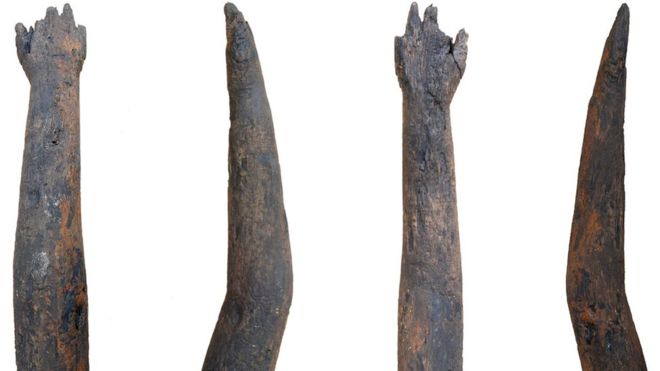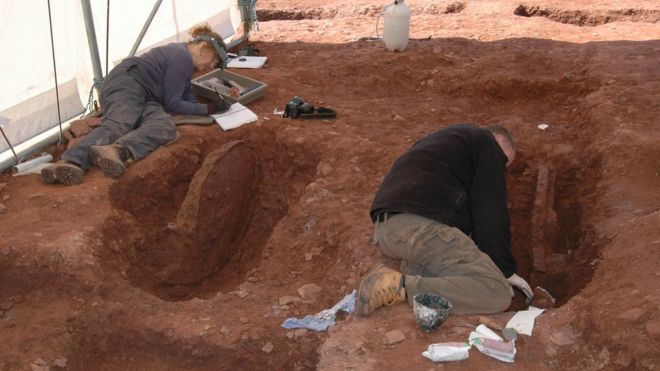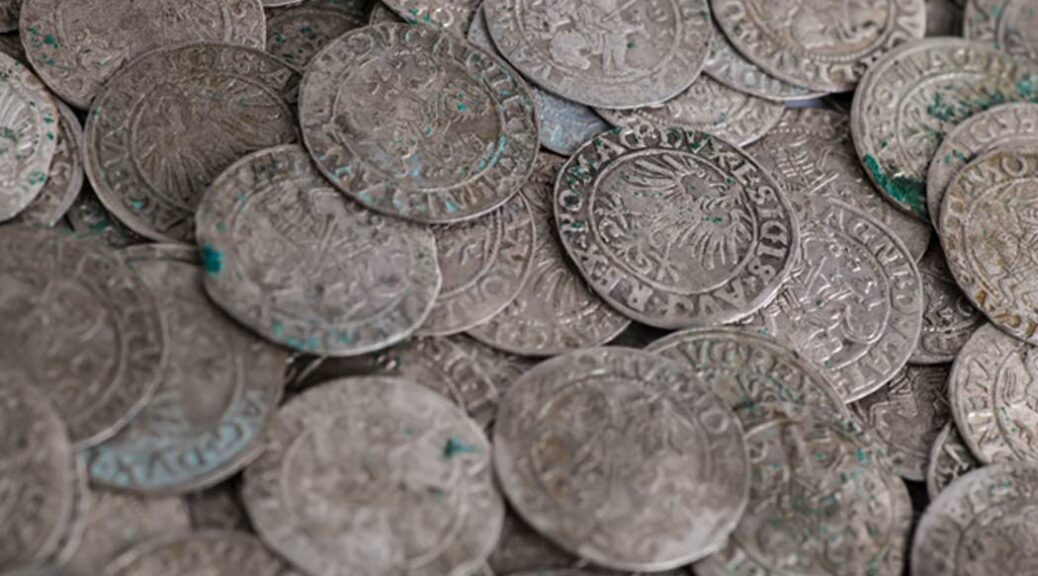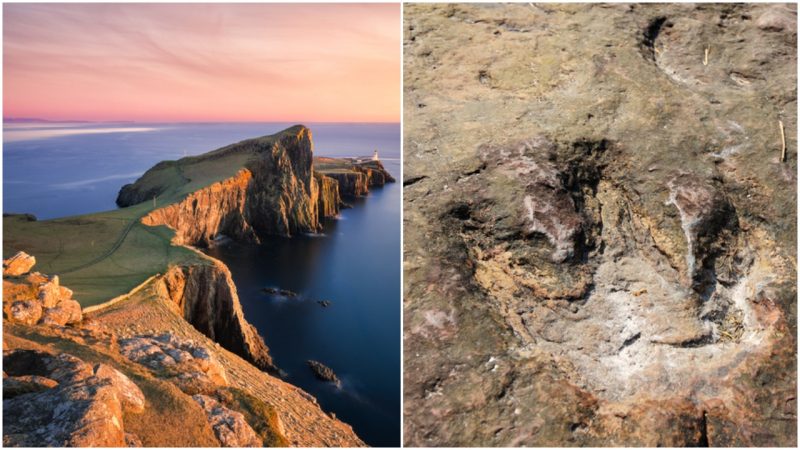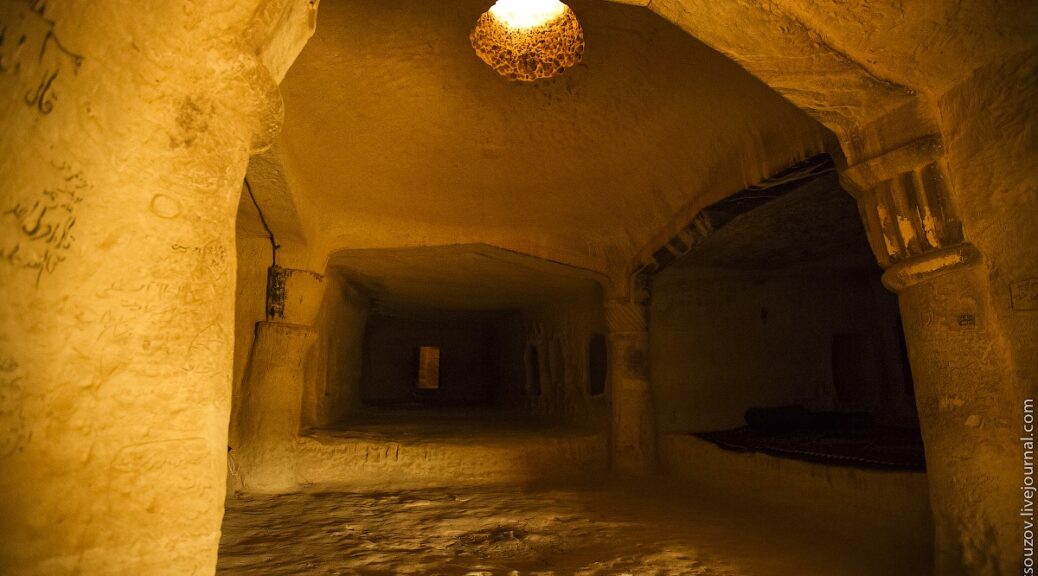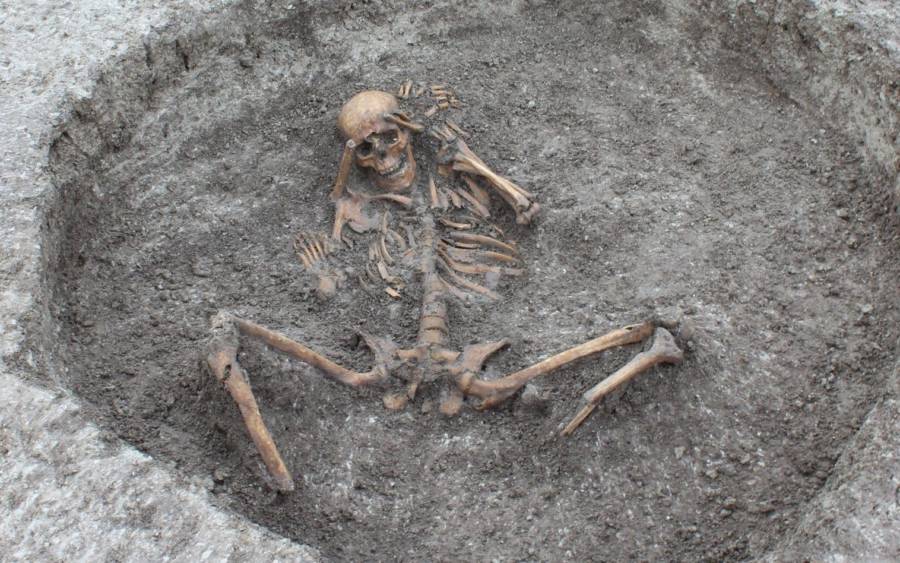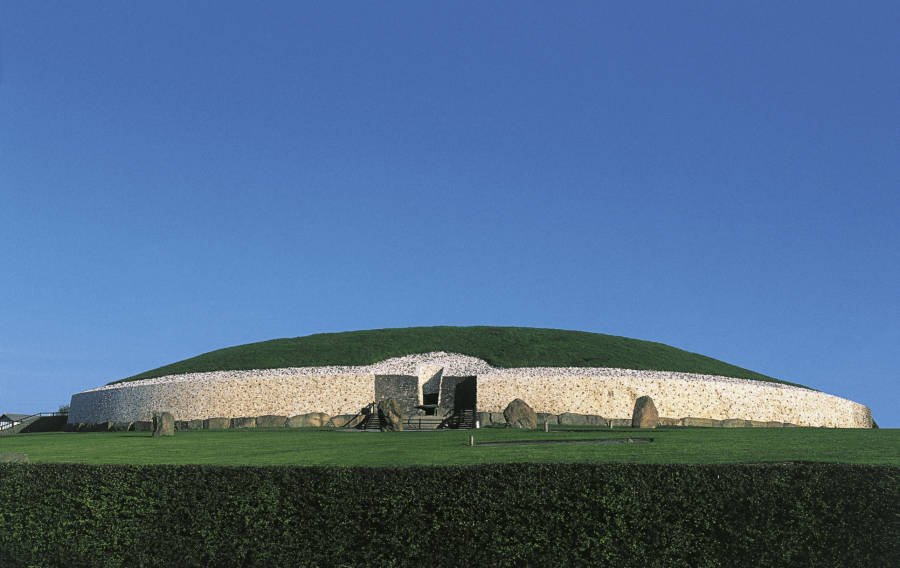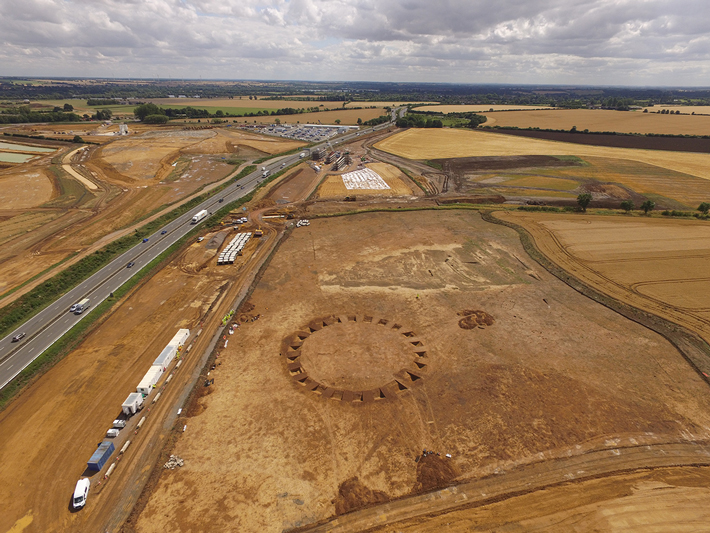Mysterious 2,000-year-old Roman Era wooden arm found in English well may have been a spiritual offering
Archaeologists think the finely carved arm could have been an offering to the gods and it is considered to be of national and international importance.
A rare 2,000-year-old wooden arm has been recovered from the bottom of a Roman well.
The “finely carved” limb was found by archaeologists excavating land at the Warth Park industrial estate in Raunds, Northamptonshire.

This discovery is so important because of its location and how well preserved the artifact is.
Researchers working at the Warth Park industrial estate in Raunds were carrying out an excavation before more development was supposed to occur in the area.
The arm discovery came as a surprise and it is thought to have survived so well because it lay in waterlogged conditions.
The ancient well had been filled into a lack of oxygen prevented any deterioration from happening.


Wood specialist Michael Bamforth wrote in a report that he thinks the arm was “carved from a single branch, which makes use of a natural curve to form the elbow, and is very well made, as no tool marks are visible on its surface”.
It is thought that the artifact was designed to resemble the arm of a small adult or teenager, as it is quite slender and has a graceful open palm pose.
Archaeologists at Oxford Archaeology East also think that the arm was made to be a single object and not part of a larger sculpture as there is no joint evidence.

A small part of the wooden arm has been carbon dated and revealed to be from between 86 and 240 AD.
Bamforth thinks the object was probably thrown into the well as a religious offering.
Although the Romans were known to use wooden limbs for prosthetic purposes, this particular arm is thought to have been purely for ritual purposes because it has no obvious way of attaching to the human body.
Louise Moan from Oxford Archaeology East told The BBC: “It’s extremely improbable that this arm would have been used for a prosthetic.
“It would be heavy and cumbersome to have a large piece of wood like this attached to you if you did it is unlikely that you’d be able to lift it or use it in any meaningful way to aid with everyday life.
“There is also no evidence on the arm to show that it originally had attachments to connect it to anything.
It is far more likely that this is a single piece which was carved specifically to be thrown down the well as a ritual votive offering.”
Other examples of carved wooden body parts seemingly used for ritual purposes have been found across Europe but they don’t date as far back as the wooden arm in question and have never been found in Britain before.
